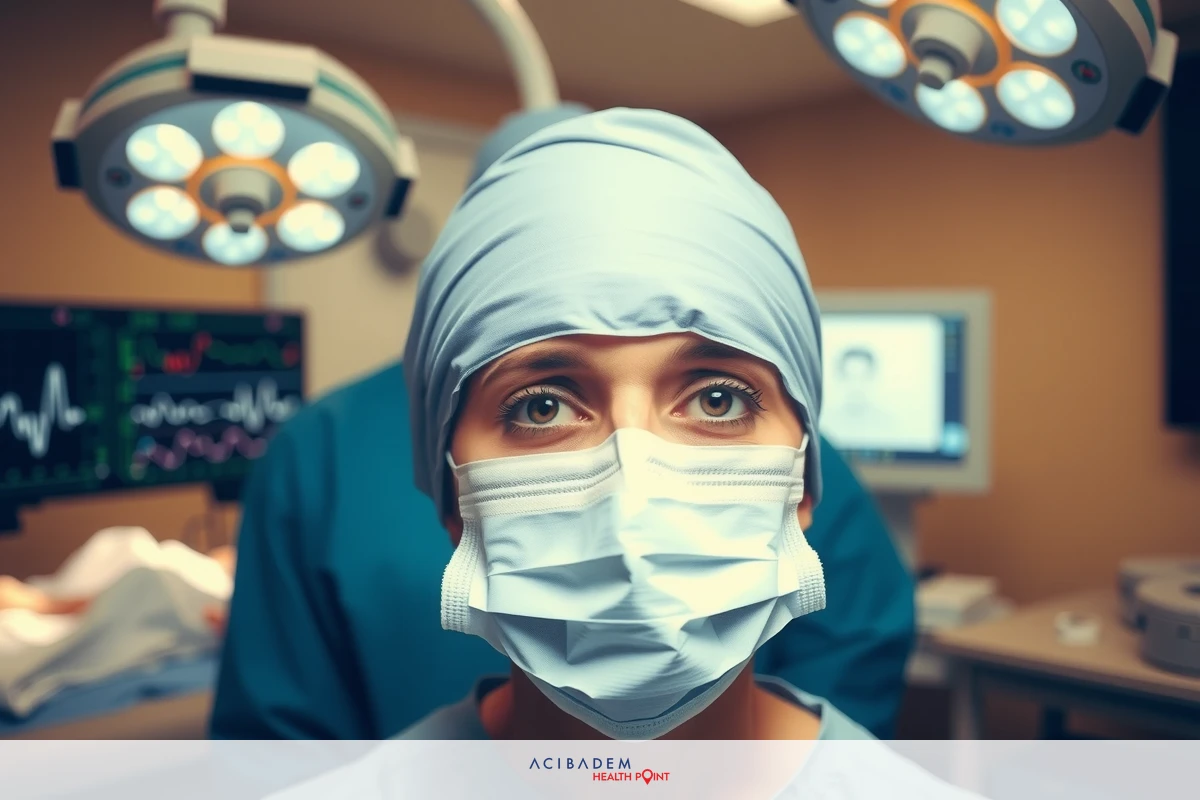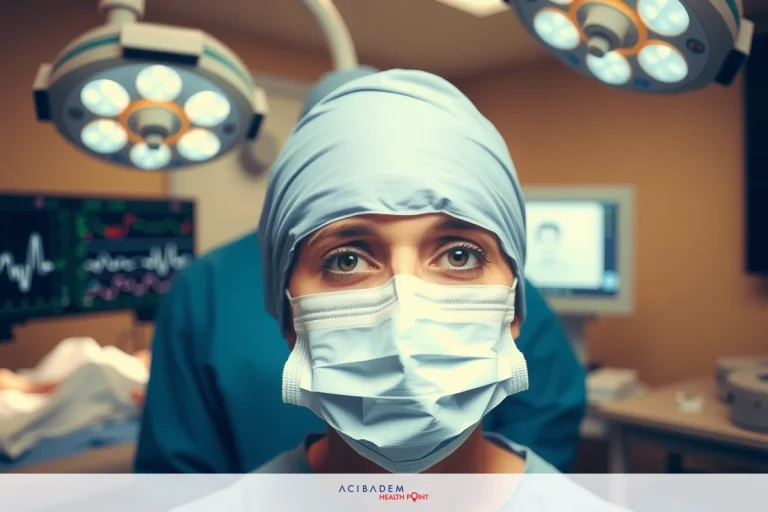How Risky is a Rhinoplasty
How Risky is a Rhinoplasty Rhinoplasty sparks myriad questions about its risk profile. One might wonder about the inherent dangers linked with this cosmetic procedure, and rightly so; any surgical intervention brings potential complications. Moreover, rhinoplasty being a facial surgery emphasizes concerns around aesthetic outcomes and long-term health implications.
The notion of risk in reference to rhinoplasty extends beyond mere physical safety. It includes considerations such as post-operative recovery times, psychological impacts of altered appearance, and possible financial burdens due to varying insurance coverage policies for elective surgeries. Crucial too are factors like the expertise of the surgeon and quality of care facilities which can drastically influence your experience.
Understanding these various dimensions paints a comprehensive picture of what it means when we question – how risky is a rhinoplasty? This piece aims at illuminating these aspects while also offering reassurances on safety measures within modern medical practices that mitigate most risks associated with rhinoplasties.
Learning About Rhinoplasty
Rhinoplasty is a type of cosmetic surgery involving modifications to the nose’s structure. The procedure can serve various purposes ranging from enhancing aesthetic appeal to correcting breathing issues. It involves the surgeon making incisions within the nostrils or across the columella – the thin bridge of tissue separating your nostrils – granting access to reshape bone and cartilage per desired outcomes.
Rhinoplasty isn’t merely an external reshaping process; it often involves alterations at profound structural levels. This complexity presents potential risks such as infection, adverse reaction to anesthesia, and unforeseen complications during recovery like excessive bleeding or difficulty in breathing. These risks underscore why rhinoplasties require skilled surgeons who can aptly assess patient health before conducting such procedures.
Moreover, understanding that rhinoplasty carries inherent surgical risks doesn’t imply its status as unsafe but rather directs attention towards safety protocols followed during these procedures. For instance, pre-surgical evaluations include thorough medical history reviews and physical examinations to screen for any conditions that might increase complication probabilities. Surgeons also educate patients about realistic expectations post-procedure which helps manage psychological impacts concerning altered appearances.
The essence here is not just comprehending what rhinoplasty entails but also recognizing its risk elements alongside safety measures in place within contemporary medical practicesthus enabling informed decisions around undergoing this operation with patient safety being paramount.
How Risky is a Rhinoplasty: Assessing the Risks
In considering rhinoplasty, understanding potential risks is as crucial as knowing surgical benefits. The risk assessment process begins with evaluating patient health where factors like age, smoking habits, and pre-existing medical conditions significantly influence surgery outcomes. A geriatric patient or a smoker might face heightened complications compared to younger non-smokers; similarly, those suffering from hypertension or diabetes could experience delayed healing post-surgery.
Further in the realm of surgical complications are immediate post-operative issues such as bleeding, infection, difficulty breathing through the nose due to swelling or long-term problems including numbness around the nose area and scarring at the incision site. There’s also a possibility of not achieving desired aesthetic results which can lead to psychological distress for patients expecting significant appearance enhancement from this procedure.
Risk assessment isn’t a scare tactic but rather an informative tool aiding prospective patients’ decision-making

processes. It allows them to weigh potential complications against expected gains comprehensively. This knowledge encourages open dialogue between patient and surgeon about safety measures that further bolster confidence regarding surgical outcomes – emphasizing that while rhinoplasty does carry certain risks, these can be managed effectively with proper precautions ensuring overall patient safety.
Ensuring Safety
Safety in the context of rhinoplasty is an all-encompassing term that extends beyond mere surgical procedure. It involves a series of steps initiated from patient consultation, detailed risk assessment to post-operative care. The consultations provide patients with comprehensive knowledge about the surgery and its potential risks, thereby enabling informed decision-making.
Qualified surgeons play pivotal roles in enhancing safety measures during rhinoplasties. Their expertise allows precise execution minimizing possibilities for surgical complications; their experience aids them in making critical intraoperative decisions ensuring optimal patient outcomes. Additionally, proper anesthesia management contributes significantly towards mitigating risks such as allergic reactions or other adverse effects related to sedation.
Post-surgery follow-ups form another critical component of safety protocols where regular check-ins allow surgeons to monitor recovery progress and promptly address any arising issues like infections or excessive swelling. This active vigilance post procedure ensures you’re not alone navigating your healing journey but have professional guidance available at each stepamplifying overall safety concerning rhinoplasty.
When we consider the question – how risky is a rhinoplasty? We must view it through various lenses: understanding what procedure entails, acknowledging potential risks and appreciating strong safety measures in place within modern medicineall leading us towards embracing this transformative journey with confidence rather than trepidation.
How Risky is a Rhinoplasty: Frequently Asked Questions
What are the most common risks associated with rhinoplasty?
The most common risks involve bleeding, infection, and adverse reaction to anesthesia immediately after surgery. Long-term complications could include numbness around the nose area or scarring at incision sites.
Can potential complications be managed effectively post-surgery?
Yes, effective management of potential complications is possible through regular follow-ups with your surgeon. This allows for prompt detection and treatment of any arising issues like infections or excessive swellingthus ensuring a safe recovery journey.
How long does it typically take to recover from a rhinoplasty procedure?
Recovery time varies among individuals but generally, initial healing where major swelling and bruising subside occurs within 2-3 weeks. However, minor swelling might persist up to six months impacting final result visibility.
Does patient age influence risk probabilities during rhinoplasty?
Age can indeed impact surgical outcomes as older patients may experience slower healing compared to their younger counterparts. Additionally, they might have other existing health conditions that could further complicate surgery - hence thorough pre-operative evaluations become paramount in these cases.











